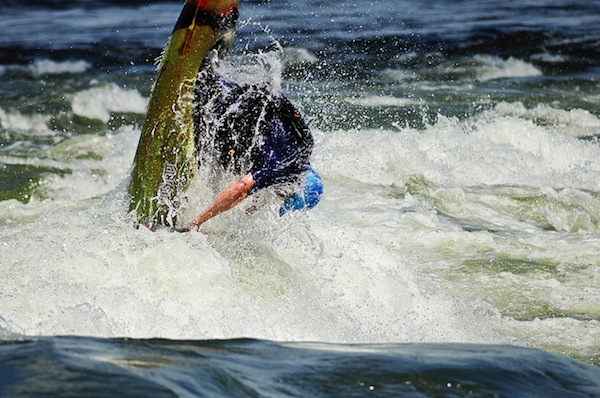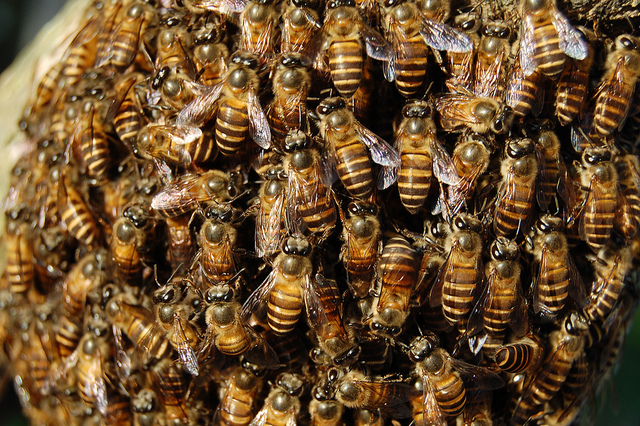Worst-Case Wednesday: How to Flip an Overturned Kayak
Oops.
Summer is finally here! That means no more school, more time for relaxing and more time to try out adventurous activities! One of the easiest ways to beat the heat is to try some water-related activities that will keep you cool. Going kayaking? No problem! That is until you hit turbulent waters or were daydreaming too much about how peaceful your surroundings are and next thing you know, you tip over. What do you do next? Follow these steps from The Worst Case Scenario ALMANAC: Great Outdoors to find out how to get back afloat—and stay there.
1. Bend forward at the waist.
Being upside down in a kayak puts your entire torso underwater, making it impossible to breathe. Do not thrash about in the water, which is only likely to empty your lungs of air and make your situation worse. When your kayak overturns, curl at the waist and count to three to help you regain your calm as the kayak naturally aligns in a stable position in the turbulent water. Keep a tight grip on your paddle.
2. Lean toward the left side of the boat.
Flex at the hip to hold yourself in position.
3. Line up your paddle parallel to the kayak.
Hold the paddle firmly in both hands.
4. Sweep the paddle blade away from the boat.
With your right hand, which will be closest to the bow (front) of the kayak, move the paddle outward, keeping it just beneath the surface of water.
5. Lean upward.
Move your head and torso as close to the surface as possible, resisting the urge to pull your head completely out of the water.
6. Snap your hips to flip the kayak.
As your sweeping paddle motion is midway to completion, quickly snap your hips in one fluid motion so that instead of leaning your torso all the way toward your left side, you will be leaning all the way to the right as the kayak comes underneath your center of gravity. The friction of your paddle in the water will combine with the hip snap to create enough momentum to flip the boat partially onto its keel. Your head and torso will still be touching the water’s surface.
7. Recover your stability.
In a fluid continuation of the flip, bend your torso out of the water, using your legs and abdominal muscles to bring the kayak closer to your head. As the kayak begins to sit upright in the water, whip your head from the water surface and sit up straight.
Be Aware
· Kayaks flip easily in turbulent water. If you are not confident in your kayaking skills, or if you lack experience in fast-moving water, practice flipping the kayak over in still water until you gain confidence.
· Wear a nose-clip when kayaking in choppy water to pinch your nostrils together and prevent water from rushing into your nasal passages.
Image via flickr

